Energy generated by fossil fuels has dominated the globe for generations. Some countries have pushed for a faster transition to cleaner fuels than others, as different leaders have different views on climate change. In the higher echelons of its power, the US has not emerged as a global leader in reducing greenhouse gas emissions to avoid a climate crisis and prevent catastrophic sea level rise, but with state and city level initiatives and regulations, change for the positive has happened regardless.
So, in these crazy times with so much upheaval in society, good news is always welcome. To that end, we are happy to note that 2019 was the first year ever when the majority of power in the US was provided by renewable energy sources such as wind, solar, and hydroelectric power. And this is not a Covid-related drop in carbon emissions as these stats predate the Coronavirus.
Up until 2019, the majority of power in the US was provided by coal burning power plants, which is about as dirty a fuel as you will find on this earth. Coal is a relatively cheap fuel, but only until the point where you measure the impact of its total emissions and environmental footprint. If you calculated the full impact of polluted waterways and air, with the associated health and environmental damage that it causes - including runaway climate change, it suddenly becomes the most expensive source of energy as there is no such thing as ‘clean coal’.
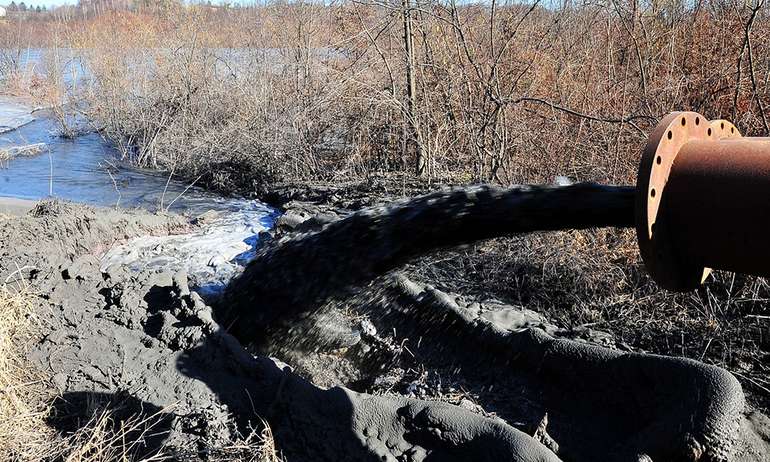
If the day comes when a philosophy of ‘polluter pays’ is employed for environmental clean up of such things as oil spills, tailing ponds and runaway climate change, we will no doubt see energy providers make a full-scale shift towards clean energy generation.
2019 marks the first time clean renewable energy overtakes fossil fuel for power generation
As we mentioned above, in a report from the US Energy Information Administration, the majority of energy consumed in the US in 2019 came from renewable sources such as wind turbines, hydroelectric power plants, and solar panels, displacing coal as the country's main energy fuel.
And to put a finer point on it, wind turbines even surpassed hydroelectric power generation as the leading source of clean energy. That in itself is a notable achievement when considering the number of rivers that have been diverted and dammed to provide power for US consumers.
The use of energy derived from coal has declined in the US by nearly half since its peak in 2008. There has been an average annual usage decline in coal use of 15% between the years 2018 and 2019, now reaching the lowest levels of coal use since 1964.
Examples of state level renewable energy and climate change mitigation initiatives
The city of Houston recently unveiled a plan to source 100% of the city's electricity from solar power for the next seven years.
The state of California announced that starting in 2020, all new homes will need to include at least some solar panels to offset their energy consumption
The city of Las Vegas announced a $1 billion investment into a solar power facility on a local 7,100 acre site that will generate sufficient energy to power 260,000 homes.
Now you know about the switch to renewable clean energy sources in the US, read about how to lower your carbon footprint and build sustainable and energy efficient homes in the Ecohome Green Home Building Guide. and in the pages below:
Find out about the benefits of a free Ecohome Network Membership here. |
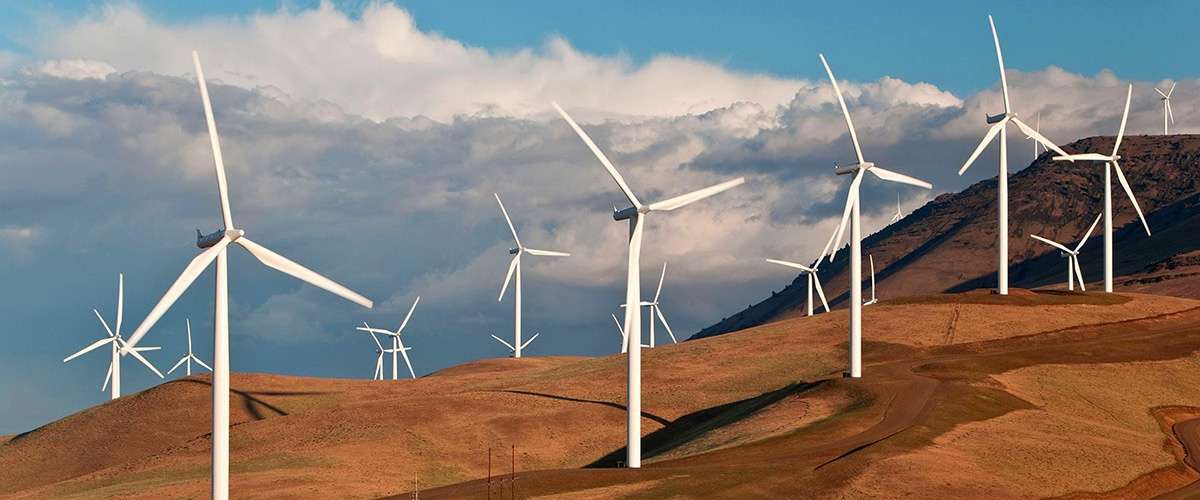
















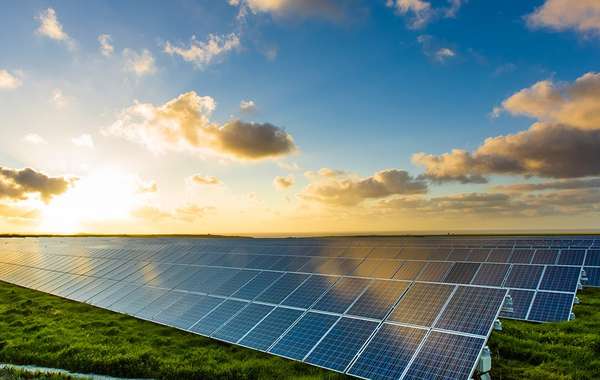
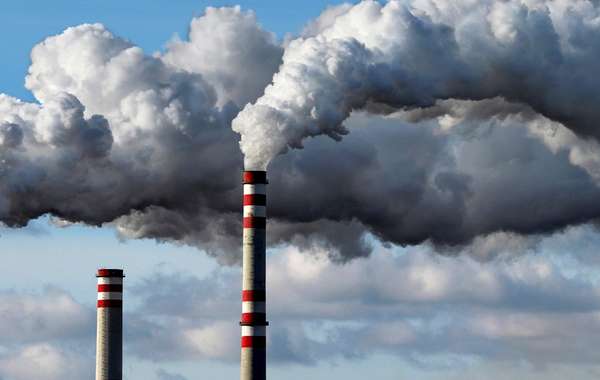
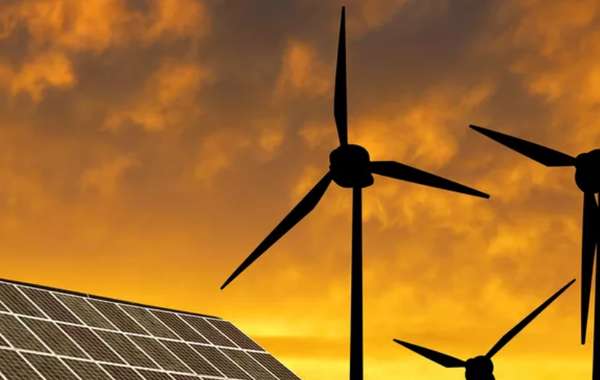




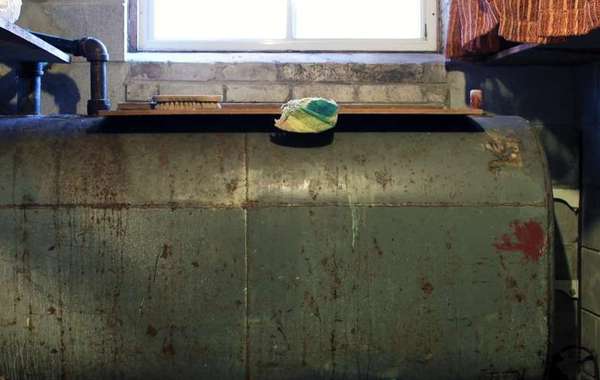


Comments (0)
Sign Up to Comment